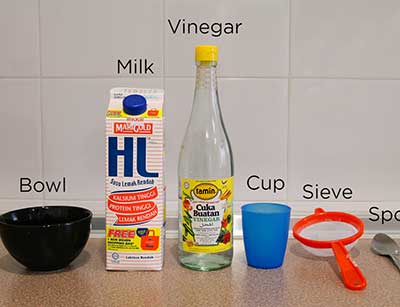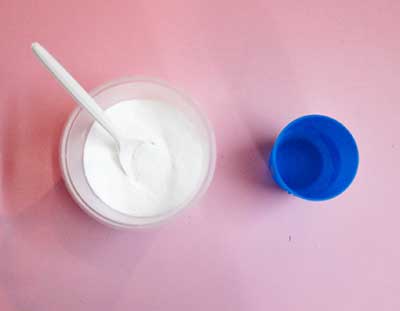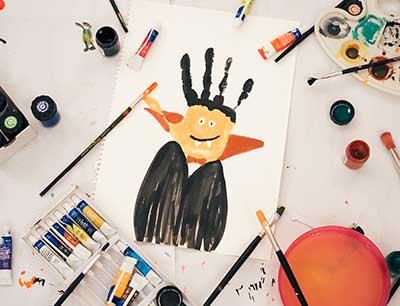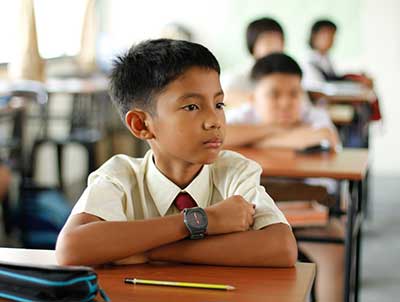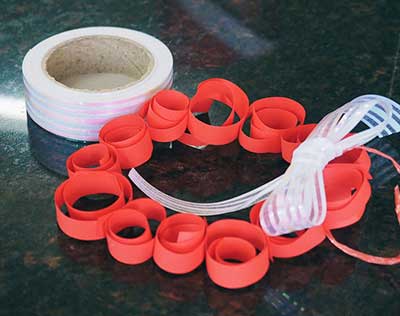
EAP Resource – DIY Christmas Wreath
In conjunction with this festive season, here’s a simple arts and crafts you can do with your child! It’s safe with little chance of failure, and most of all, fun! There are many ways to make your very own Christmas wreath, but here’s one of the most simple ways to do so.
